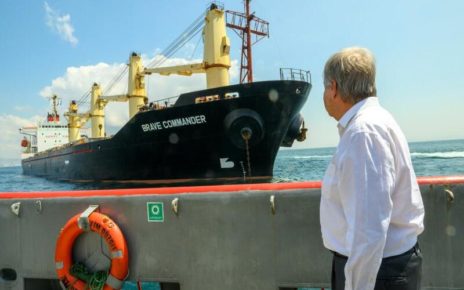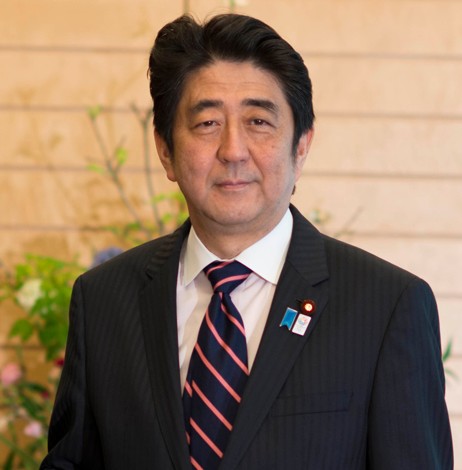The disappearance of the middle class has become an issue for populist politicians to direct public frustrations towards, with at times cynical campaign pledges for the 2016 American presidential election. With promises from all sides of the political spectrum to address the matter of growing wealth inequality, the blame has been attributed to various factors like shrinking incomes, stagnant wage rates, lack of taxation of the rich, immigration policies and the changing nature of trade due to globalization. Obama’s “middle class economics” project has largely been ineffective in increasing tax for the highest earners and closing loopholes for inheritance taxes with strong Republican opposition.
American economic success has traditionally been associated with having strong foundations and a solid, expanding middle class, but recent years have bucked the trend with a decline in the proportion of Americans that are middle class. Analysis of federal census data by the Pew Research Centre concluded that there are growing wealth disparities between the different social groups. Defining the American middle class family as a household of three earning between two-thirds and twice the national median income, middle class households earned between USD $42, 000 and $126, 000 in terms of 2014 exchange rates.
Compared to income distribution records from the 1970s, the middle class has been shrinking and also hollowed out. In 2014, 49% of US aggregate national income went to the upper-middle class compared to just 29% in 1970, while 43% went to the middle-class in 2014 compared to 62% in 1970. Under the definitions used in the study, the American middle class went from representing 61% of the population in 1971 to 50% in 2015. In this time, the share of adults in the highest-income families rose from 4 to 9% of the population while those in the lowest-income grouping increased from 16 to 20%.
Interestingly, what has not been mentioned amidst the debate over how best to remedy the ailing middle class is the significant impact of skill-biased technological change (SBTC) on the income distribution of an economy. Though the rapid development of technology has greatly improved productivity levels, which are typically also associated with rising wage levels, what is often overlooked is the impact that technology has on the hiring process. As more industries adopt various technologies to improve operations, the introduction of new technologies and methods often favour those with more education and high-skill competencies.
According to the Hecksher-Ohlin model in economic trade theory, the US is expected to shift its production to areas where it has abundant factors of production. With the US having a well-educated population, it is thus inclined to produce goods which require expertise and higher skill sets. Goods requiring higher levels of skill to produce are also often more valuable and sold at higher prices which further encourages their production. More educated workers are also conducive to producing higher rates of R&D through knowledge spillovers and as a means of increasing the competitiveness of firms. Technology has also changed the nature of production with emphasis on quality control and organizational production and workers taking less of a direct role in production processes.
As the number of industries shifting towards higher skill level and technology based production increases, the demand for skilled workers also increases due to productivity benefits despite higher labour costs. As a result of wage competition, lower skill workers would also experience wage increases; however, this has been outpaced by wage growth in more skill based sectors of the economy. Although increased trade with developing countries has led to outsourcing and offshoring and contributed to unemployment levels in certain manufacturing sectors and negatively impacted wages, the impact of free trade with developing countries has not had a large impact on the overall state of employment.
In the case of the North American Free Trade Agreement (NAFTA) involving Mexico, the US and Canada, theoretically, it would be expected that wages for low skilled Mexican workers would increase. Since Mexico has a higher abundance of low skilled manufacturing workers, there should be higher demand for these workers if Mexico sticks to producing goods for which it has abundant production factors. The wage gap should decrease between high skilled and low skilled workers. Despite this, data showed a similar wage divergence between high and low skilled workers as in the US, suggesting that technological skill biases may be an important factor. Furthermore, the trend in increasing income equality began to emerge in the 1970s, roughly coinciding with significant advances and accessibility to computer technologies.
Though it is difficult to assess the direct impact of SBTC on labour market conditions and wages, evidence suggests that governments must also take in account how to facilitate and adapt its workers to changes in production and the working environment. By smoothening the transition between education and entry into the workforce as well as setting up federal programs to help equip potential workers with the skill sets desired by employers, we might well be able to enjoy the benefits of increased productivity via technology in a more equitable manner.




